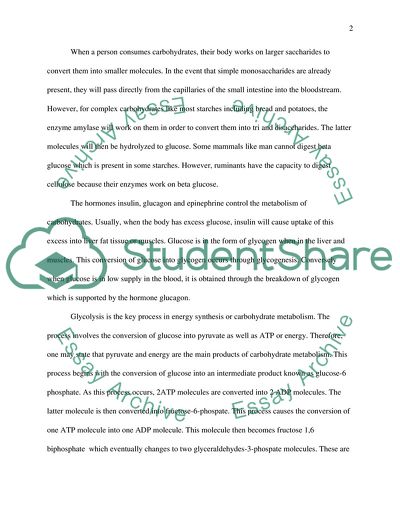Cite this document
(Biochemical Principles Essay Example | Topics and Well Written Essays - 2000 words, n.d.)
Biochemical Principles Essay Example | Topics and Well Written Essays - 2000 words. https://studentshare.org/biology/1806285-discuss-the-biochemical-principles-behind-mammalian-metabolism-making-reference-to-a-choice-of-lipids-carbohydrates-or-toxin-metabolism
Biochemical Principles Essay Example | Topics and Well Written Essays - 2000 words. https://studentshare.org/biology/1806285-discuss-the-biochemical-principles-behind-mammalian-metabolism-making-reference-to-a-choice-of-lipids-carbohydrates-or-toxin-metabolism
(Biochemical Principles Essay Example | Topics and Well Written Essays - 2000 Words)
Biochemical Principles Essay Example | Topics and Well Written Essays - 2000 Words. https://studentshare.org/biology/1806285-discuss-the-biochemical-principles-behind-mammalian-metabolism-making-reference-to-a-choice-of-lipids-carbohydrates-or-toxin-metabolism.
Biochemical Principles Essay Example | Topics and Well Written Essays - 2000 Words. https://studentshare.org/biology/1806285-discuss-the-biochemical-principles-behind-mammalian-metabolism-making-reference-to-a-choice-of-lipids-carbohydrates-or-toxin-metabolism.
“Biochemical Principles Essay Example | Topics and Well Written Essays - 2000 Words”. https://studentshare.org/biology/1806285-discuss-the-biochemical-principles-behind-mammalian-metabolism-making-reference-to-a-choice-of-lipids-carbohydrates-or-toxin-metabolism.


